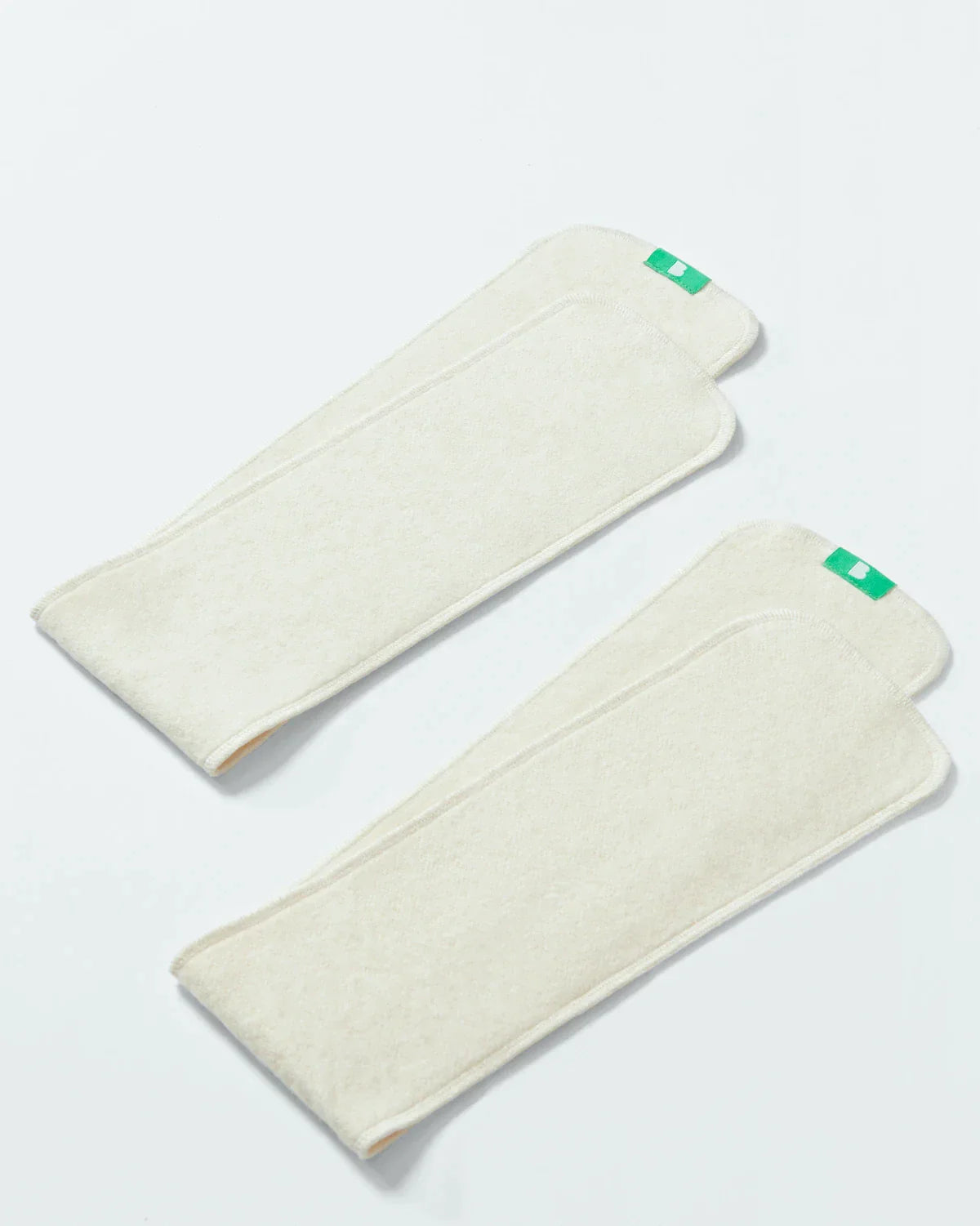The 12-Week Scan Explained: What to Expect?
Partager
- Bambino Mio
- 02 / 12 / 2023

Inside this Article:
- Your 12-week ultrasound scan
- How do I know when to go for my 12-week scan?
- Can my 12-week scan detect Down’s syndrome?
- What actually happens at the scan?
- FAQs
- How long does the 12-week scan take?
- I’m more than 14 weeks pregnant, can I still have the tests for Down’s syndrome?
- Does the ultrasound hurt me or my baby?
- What does an ultrasound feel like?
- Can I get a photo of my baby?
- What happens if there’s something wrong?
- Citations and References
Find out what happens at the 12-week scan, what to expect when you have yours and how you can prepare for this milestone prenatal appointment.
Your 12-week ultrasound scan
Your healthcare provider will offer you an ultrasound scan (1) when you’re between 10 and 14 weeks along in your pregnancy. Most often this scan happens at around 12 weeks, so we refer to it as the 12-week scan although its “official” name is the dating scan.
As the name suggests, the dating scan determines how far along your pregnancy is and it checks the development of the baby. This scan might also be one part of the screening test for Down syndrome (2).
How do I know when to go for my 12-week scan?
Your doctor or OB-GYN will arrange your 12-week scan appointment and you’ll usually go to your local hospital’s ultrasound department to see a sonographer - someone trained to perform ultrasounds.
This scan usually takes around 20-30 minutes, and the aim is to find out:
- How many weeks and days along you are in your pregnancy and what your estimated due date (EDD) is
- Whether you’re having a single or multiple pregnancy
- Whether the baby is growing in the right part of your womb
- Whether your baby is developing and growing as expected
Your 12-week scan can also find out if your baby has any health conditions, such as spina bifida (3).
Can my 12-week scan detect Down’s syndrome?
If you’ve agreed to have screening for Down’s syndrome and if the scan happens at the right stage of pregnancy then yes, it can help to detect the condition, as well as other chromosomal abnormalities.
This method of looking for Down’s syndrome is called the combined test or nuchal translucency test (4) as it uses a blood test and measurements of fluid at the back of your baby’s neck to work out the risk of Down’s syndrome. The thicker the nuchal fold (the area on the back of your baby’s neck which contains this fluid), the higher the risk.
You need to have the nuchal scan between 10 and 14 weeks of pregnancy as the fluid in the nuchal fold is reabsorbed into the baby’s body after 14 weeks.
You should have already had the blood test part of the screening and the results, combined with the nuchal measurement, can determine your baby’s risk of Down’s syndrome. You’ll get your results at the scan.
What actually happens at the scan?
Most ultrasounds are performed by sonographers or ultrasound technicians and you’ll notice that they dim the lights before they start so it’s easier to see images of your baby on their screen.
You’ll lie back on the bed and move your clothes (it’s a good idea to wear elasticated trousers and a top for easy access) to expose your lower abdomen. Then your sonographer will place some (cold!) ultrasound gel on your tummy to ensure good contact between the ultrasound probe and your skin.
Your sonographer moves the probe around to find baby and you’ll see their image come into focus on the screen. You’ll see a lot of numbers pop up on the screen - this is just the machine working out your baby’s measurements and your EDD.
FAQs
How long does the 12-week scan take?
This scan takes 20-30 minutes, although if your baby is wriggling around a lot or in an awkward position it can take a little longer. Sometimes it’s difficult for the sonographer to take all the necessary measurements so you might need to return for another scan (this is nothing to worry about).
I’m more than 14 weeks pregnant, can I still have the tests for Down’s syndrome?
The combined test for Down’s syndrome is only reliable up to 14 weeks, so if your pregnancy is further along than that you’ll need to have a different blood test before 20 weeks (5). This test isn’t as accurate as the combined test.
Does the ultrasound hurt me or my baby?
Ultrasound scans carry no risks that we know of and they’ve been around a long time now! However, your scan may find something out about your baby that means you have to make some important choices or undergo further tests.
While it’s exciting to “meet” your baby for the first time, your 12-week scan is a medical appointment and there’s a small chance that things aren’t going to plan, so most women bring someone with them for support.
What does an ultrasound feel like?
An ultrasound scan is painless and you can’t feel the ultrasound waves used to create the picture of your baby (6). The gel is cold for a few seconds and you may feel some pressure if your sonographer needs to press down slightly to get a good view of your baby.
It’s also best if you have a full bladder for the scan as this helps to lift your womb up a bit so the probe has better “access”, so take a bottle of water with you. This can get a bit uncomfortable, but you can go to the bathroom as soon as the scan’s over if you need to.
Can I get a photo of my baby?
Most hospitals will offer you scan photos, so do ask. There might be a small charge, with the money often going to a charity.
What happens if there’s something wrong?
If your scan shows that your baby might have a condition then your sonographer will probably bring in a colleague for a second opinion and you’ll probably be offered more tests to find out for certain (7).
Your antenatal team will advise you on these further tests and help you to decide if you want them or not. You might also be referred to a specialist. Your team will be with you all the way to offer support and help.
Citations and References
(1) VeryWell Health. ‘12-Week Ultrasound to Check Fetal Health, Gender, and More.’ 2023. Web. www.verywellhealth.com/12-week-ultrasound-5179948
(2) Healthline. ‘Down Syndrome.’ 2019. Web. www.healthline.com/health/down-syndrome
(3) Healthline. ‘Spina Bifida.’ 2017. Web. www.healthline.com/health/spina-bifida
(4) Healthline. ‘What You'll Find Out from an NT Scan During Pregnancy.’ 2016. Web. www.healthline.com/health/pregnancy/nt-scan#Whats-the-purpose-of-an-NT-scan
(5) Cleveland Clinic. ‘Diagnostics and Testing.’ Quad Screen.’ 2023. Web. my.clevelandclinic.org/health/diagnostics/4698-pregnancy-quad-marker-screen
(6) Healthline. ‘Ultrasound. What is an Ultrasound?’ 2019. Web. www.healthline.com/health/ultrasound
(7) Healthline. ‘Prenatal Screening Tests.’ 2019. Web. www.healthline.com/health/pregnancy/prenatal-testing


















